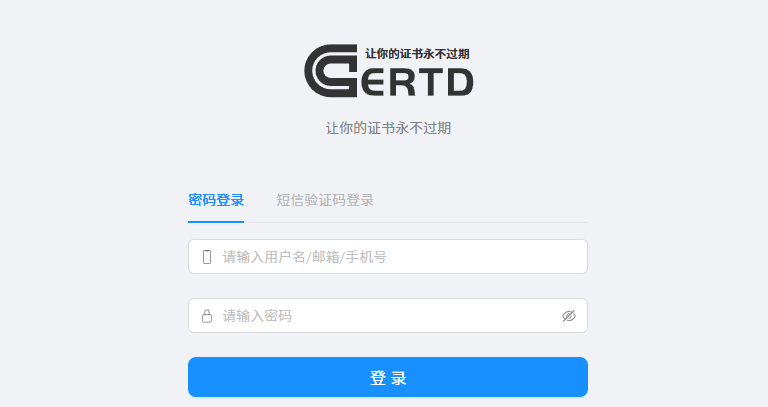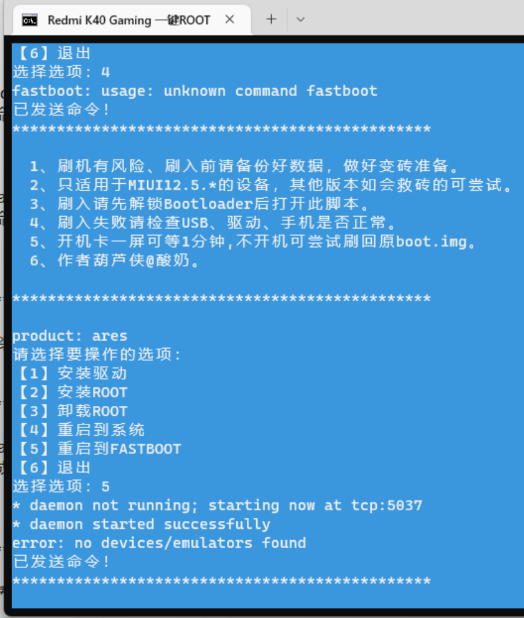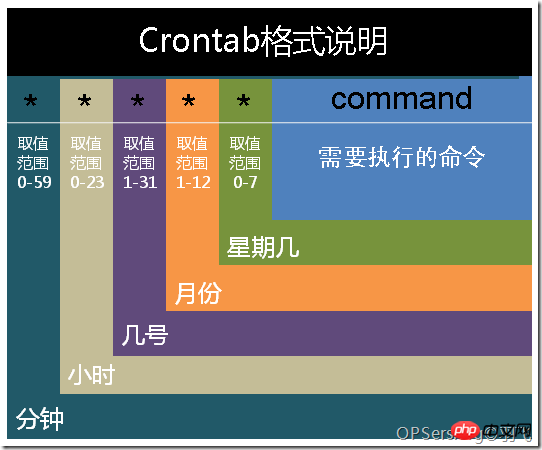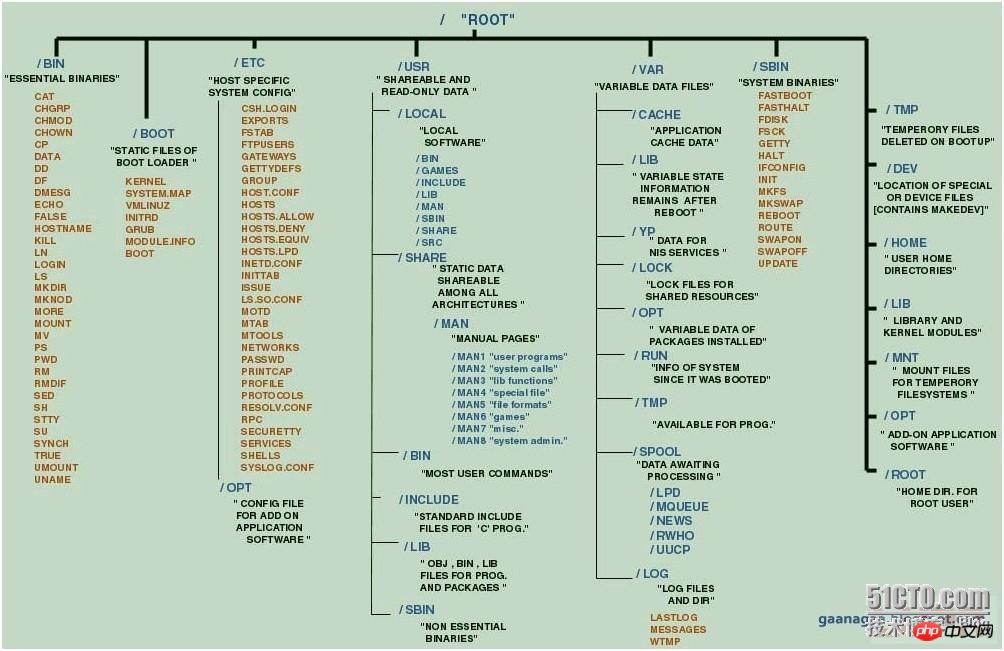linux uniq 命令用于检查及删除文本文件中重复出现的行列,一般与 sort 命令结合使用。
uniq 可检查文本文件中重复出现的行列。
语法:
uniq [-cdu][-f<栏位>][-s<字符位置>][-w<字符位置>][--help][--version][输入文件][输出文件]
参数:
-c或–count 在每列旁边显示该行重复出现的次数。
-d或–repeated 仅显示重复出现的行列。
-f或–skip-fields= 忽略比较指定的栏位。
-s或–skip-Chars= 忽略比较指定的字符。
-u或–unique 仅显示出一次的行列。
-w或–check-chars= 指定要比较的字符。
–help 显示帮助。
–version 显示版本信息。
[输入文件] 指定已排序好的文本文件。如果不指定此项,则从标准读取数据;
[输出文件] 指定输出的文件。如果不指定此选项,则将内容显示到标准输出设备(显示终端)。
实例:
文件testfile中第 2、3、5、6、7、9行为相同的行,使用 uniq 命令删除重复的行,可使用以下命令:
uniq
testfile中的原有内容为:
$ cat testfile #原有内容 test 30 test 30 test 30 Hello 95 Hello 95 Hello 95 Hello 95 Linux 85 Linux 85
使用uniq 命令删除重复的行后,有如下输出结果:
$ uniq testfile #删除重复行后的内容 test 30 Hello 95 Linux 85
检查文件并删除文件中重复出现的行,并在行首显示该行重复出现的次数。使用如下命令:
uniq
结果输出如下:
$ uniq -c testfile #删除重复行后的内容 3 test 30 #前面的数字的意义为该行共出现了3次 4 Hello 95 #前面的数字的意义为该行共出现了4次 2 Linux 85
当重复的行并不相邻时,uniq 命令是不起作用的,即若文件内容为以下时,uniq 命令不起作用:
$ cat testfile1 # 原有内容 test 30 Hello 95 Linux 85 test 30 Hello 95 Linux 85 test 30 Hello 95 Linux 85
这时我们就可以使用 sort:
$ sort testfile1 | uniq Hello 95 Linux 85 test 30
统计各行在文件中出现的次数:
$ sort testfile1 | uniq -c 3 Hello 95 3 Linux 85 3 test 30
在文件中找出重复的行:
$ sort testfile1 | uniq -d Hello 95 Linux 85 test 30
© 版权声明
文章版权归作者所有,未经允许请勿转载。
THE END

















